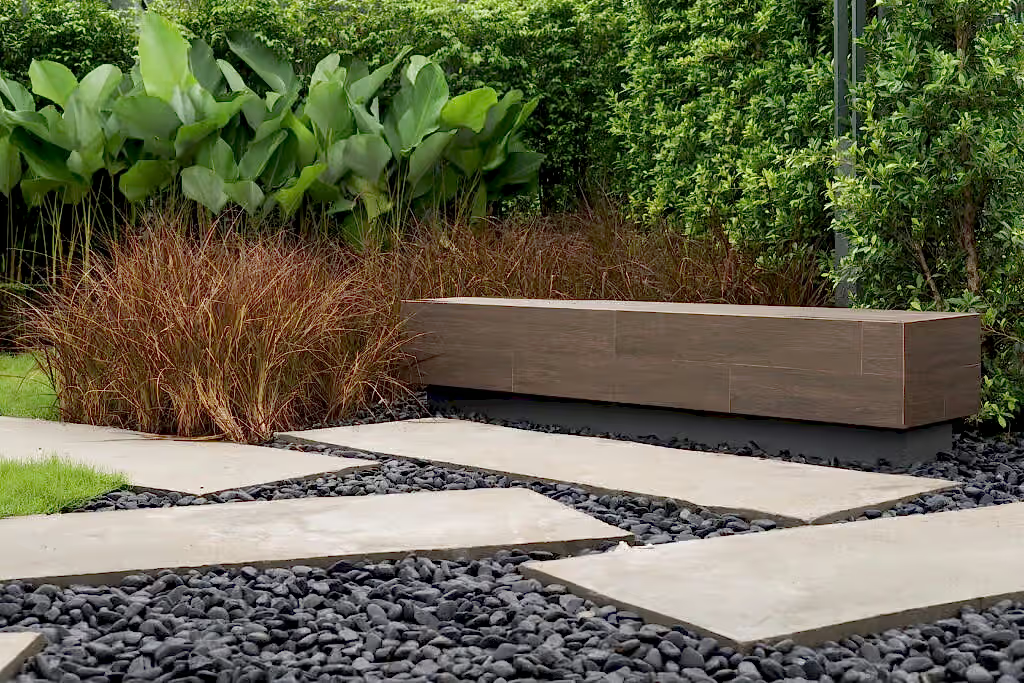Naturalistic planting and the New Perennial Movement represent a significant shift in the world of garden design, particularly resonant in the UK’s diverse and historically rich gardening culture. This approach, which has gained momentum over the past few decades, is rooted in a desire to create gardens that not only captivate the senses but also contribute positively to the local ecosystem.
The Roots of Naturalistic Planting
Naturalistic planting, as a concept, is hardly new. The idea of creating gardens that mimic the random, yet harmonious, patterns found in nature has been a part of human history for centuries. In the context of the UK, the traditional cottage gardens, though not strictly ‘naturalistic’ in a modern sense, certainly carried the essence of a plant-driven, informal style.
However, the New Perennial Movement, which originated in the Netherlands in the early 1980s, brought a more focused approach to this style. Pioneered by garden designers like Piet Oudolf and Henk Gerritsen, this movement emphasises the use of perennial plants to create dynamic, year-round gardens that evolve over time.
Interested in having a Naturalistic planting plan designed for you? See our 👉 Planting Design Service
Principles of the New Perennial Movement

Image credit: House Designer
The core principle of the New Perennial Movement lies in creating plantings that appear effortlessly natural, yet are meticulously planned. This involves:
- Plant Selection: Prioritising perennials, particularly native species, that offer a variety of heights, textures, and colours. The idea is to mimic the diversity found in natural landscapes.
- Seasonality: Emphasising plants that offer visual interest across different seasons, ensuring the garden remains vibrant throughout the year.
- Sustainability: Choosing plants that are suited to local conditions, reducing the need for irrigation, fertilizers, and pesticides.
- Wildlife-Friendly: Encouraging biodiversity garden design by selecting plants that attract and sustain pollinators and other wildlife.
The Aesthetic of Naturalism
The aesthetic appeal of naturalistic planting lies in its apparent spontaneity and connection with the surrounding landscape. Unlike more traditional, formal gardens that often prioritise symmetry and control, naturalistic gardens embrace a certain level of ‘controlled chaos’. This creates a sense of discovery and wonder, as the garden continuously evolves.
Adapting to the UK Climate
In the UK, with its varied climates and rich gardening heritage, naturalistic planting plan offers exciting possibilities. The temperate climate is conducive to a wide range of perennials, and the nation’s history of horticulture provides a rich tapestry of plants to draw from. Garden Designers can incorporate native wildflowers, grasses, and ferns to create a garden that not only looks beautiful but also supports local ecosystems.
Challenges and Considerations
While naturalistic planting offers many benefits, it also poses certain challenges, especially in an urban UK setting:
- Space Limitations: Many urban gardens are smaller, requiring a more thoughtful selection of plants and design to achieve a naturalistic feel.
- Maintenance: While touted as low-maintenance, naturalistic gardens do require specific types of care, particularly in controlling invasive species and managing plant growth.
- Public Perception: There is sometimes a misconception that naturalistic gardens are ‘untidy’. Education and awareness can help in appreciating the beauty and ecological value of these spaces.
The Role of Garden Designers
Professional Garden designers play a crucial role in promoting and implementing naturalistic planting. They can educate clients and the public about the benefits of this approach, both for personal enjoyment and environmental health. Additionally, they can innovate in applying these principles to various settings, from large country gardens to small urban terraces.
Naturalistic Gardens
The New Perennial Movement and naturalistic planting represent a convergence of aesthetic beauty, environmental responsibility, and a deeper connection with nature. In the UK, this approach offers a path to gardens that are not only visually stunning but also sustainable and beneficial to local wildlife. As more garden designers embrace these principles, we can look forward to a future where our gardens are integral parts of the natural world, rather than separate from it.




